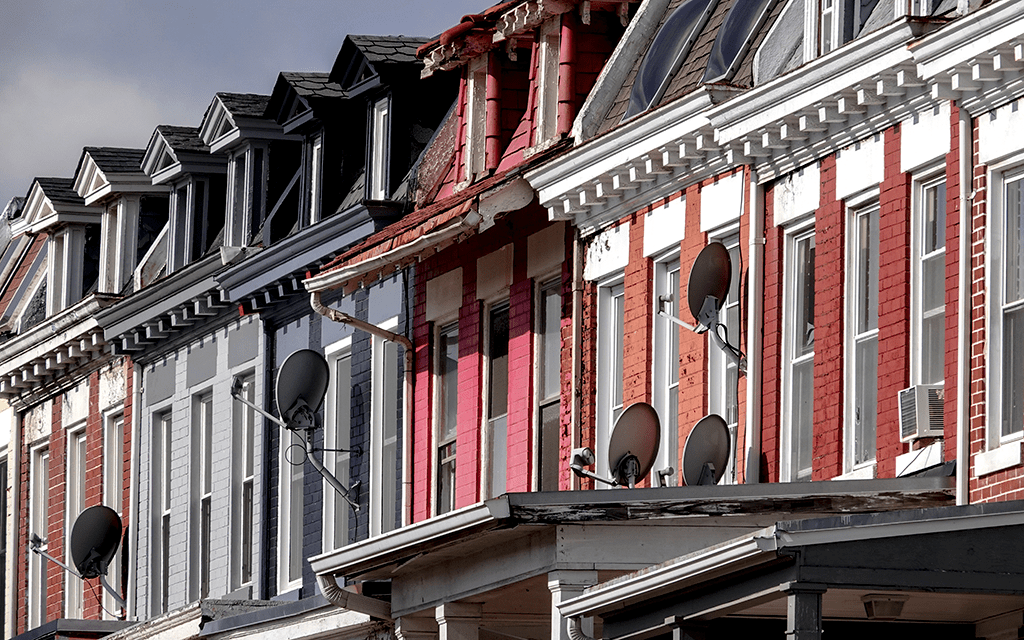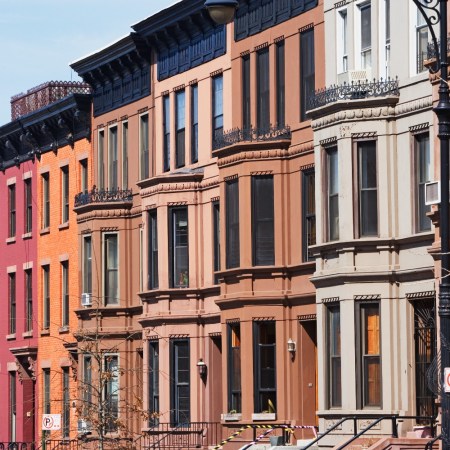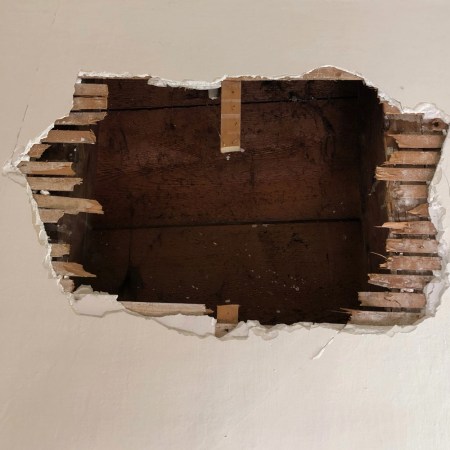As the 2010s come to a close, it’s officially time to set some goals not just for a new year, but a new decade. Traditionally that will result around a month of going to the gym semi-regularly, attempting to meal-prep salads for a week or two, maybe buying some speculative stocks …
Okay, nevermind, that all sounds awful. Luckily, we have a better suggestion for you to add to that ambitious resolutions list — something lucrative, but also with longevity and plenty of overall appeal. And we come bearing tips on how to help you achieve it.
The resolution? In 2020, you’re going to invest in some property in D.C.
This is a guide is for anyone who has ever kicked themselves for not purchasing a townhouse or condo in a once-sketchy, now-bustling area of DC like H or 14th Street. Keep in mind that making the decision to buy and possibly renovate property is no small feat, and one that innately comes with risks. But if you’re wondering whether you can still make considerable amounts of money by investing in up-and-coming neighborhoods in the city, the answer still remains a firm yes — you just need to know where to look, and what to look for.
Over the last decade, the city has seen staggering growth in its housing market, with the median home price rising about 20 percent from 2013 to 2018, from $475,000 to $570,000, as reported by Urban Turf. This June, the median price for a home in DC hit $621,000, the highest number ever for the city, and a 63 percent increase compared to July 2009 (or 37 percent when adjusted for inflation), when the median price was just $381,000.
Don’t just take our word for it. Take a look around the city and you’ll see it everywhere: shiny new luxury condo developments with amenities galore in neighborhoods like the Southwest Waterfront, Navy Yard and Mt. Vernon Square.
“New construction still dominates in terms of how quickly it moves. Today’s millennial buyer who is tired of renting isn’t going to roll up their sleeves and build sweat equity by renovating, they want something sleek and stylish and convenient, and move-in ready,” says Yianni Konstantopoulos, Principal of the THRIVE Team at Compass.
And with her help, we identified some important guidelines for helping you invest wisely in 2020.

New Builds vs. The Fixer Upper
Having your property move-in ready by the time you want to attract potential buyers is one thing. But consider that if you’re buying now to sell in the future, possibly five or even 10 years down the line, trends can shift. You need to factor in longevity of appeal.
Look no further than rowhouse prices around the city, which shot up a staggering 81 percent (52 percent adjusted for inflation) from $420,000 to $760,000 — one of the most pronounced price appreciations over the last decade.
“I think that if you’re looking at retail value on a brand new construction it’s similar to buying a brand new car, where as soon as you drive off people say you always lose a bit of value. With new construction the price is also going to start really high. I think it’s probably the better route to find something that needs a little bit of makeup and to do the work and then, you know, rent it out,” says Nya Alemayhu, a licensed Compass Realtor.
“Resale properties that are very livable, with functional floor plans and tasteful updates that are not outdated are still popular choices for buyers,” Compass Realtor Christopher Bulka agrees, but adds that newly renovated condos and row homes that “combine some original charm with luxurious finishes are also very popular and command a premium, which is important for buyers to understand.”

The Neighborhood to Watch: Park View
The operative phrase in Bulka’s statement above (in our opinion) is original charm. The sleek amenities of a new condominium building are attractive, sure, but what they lack is that charm factor. While they may be an amazing option for young renters, those who are a little older and looking to settle down will be on the search for more classic qualities — thus the premium that a renovated condo or row home demands.
Park View, which sits northeast of Columbia Heights, is a neighborhood that has been experiencing a serious uptick in condo conversions and recently renovated single-family row homes. “There are also some resale properties that could provide an opportunity for buyers to live in while they customize to their taste over time,” says Bulka.
“Old town houses are being renovated and gentrified in the Parkview area, and I’m finding that a lot of young people are starting to look in that area, not because the neighborhood has been completely gentrified but because it’s clear that the market is moving from Columbia Heights, all the way over east,” adds Alemayhu.
How New Development Affects Demand
If you want to know where to spend your money, simply look to where others will soon be spending theirs. One of the surest indicators that an area may soon boom is the promise of new commercial development, whether that means a new market, mall, sports arena or theater.
The perfect example would be Union Market, an area that was once rundown and all but deserted save for wholesale fish and produce markets. Thanks to the introduction of a food hall and the restaurant and bar openings that soon followed, the Market and surrounding area NoMa have seen a completely reinvigorated demand for real estate. Besides the initial attraction of the new food and beverage options, the neighborhood is easily accessible by metro on the Red Line and within spitting distance of Union Station — the second-busiest Amtrak hub in the entire nation.
“I would focus on neighborhoods that currently balance reasonable access to city amenities like grocery stores, shops, dining and transportation options, with good evidence that commercial or residential investment has already begun,” says Bulka. “Park View, Fort Totten, Riggs Park, Manor Park, Shepherd Park and Brightwood could potentially fit well with a 10-year investment timeline, while Eckington, Edgewood, Stronghold and Brookland have already shown signs of significant investment with good access to city amenities, so sales prices have already begun to rise, but there still seems to be good value.”

Other areas to watch include two neighborhoods across the river. Anacostia has seen a whopping 94.8% increase in median sales price as development picks up, and the Menkiti Group just nailed down financing to build the MLK Gateway, a modern, mixed-use site set to break ground by the end of the year in Anacostia’s historic corridor. The site will eventually be home to a tech company called Enlightened, Inc., which expects to add around 200 jobs in the area.
Elsewhere, a $65-million, taxpayer-funded basketball arena for Washington Wizards practices and Mystics WNBA games opened in Congress Heights last September — an area that historically had been passed over for development but has seen a 108% increase in median sales price from 2013 to 2018.
Another ongoing project that will surely bring plenty of value to both areas is the 11th Street Bridge Park. The Bridge Park is intended to “connect two historically disparate sides of the river with a series of outdoor programmed spaces.” Think New York City’s High Line, but DC style. The project is slated to break ground in 2021 and be completed in 2023.
What to Avoid
“I would caution buyers against finishes that are too trendy and hard to change when the time comes to sell. What’s hot now may be totally passé in five to 10 years, which can cost a buyer time and money in the end,” says Bulka. “Things like light fixtures, cabinet and plumbing hardware, among other things, could be reasonably easy to update for a sale, but bathroom and kitchen tile-work, cabinetry, flooring and other larger elements to a property can be very expensive to update.”
If you’re looking to get the most bang for your buck when it comes to renovating on a tight budget, Alemayhu suggests going directly for the kitchen and bathroom(s) above all else, saying that her buyers almost always want to know how much work has gone into those parts of the house. “Also, a two-bathroom home is always more valuable,” she offers.
This article was featured in the InsideHook DC newsletter. Sign up now for more from the Beltway.
























